With the growing number of smart cleaning gadgets on the market today, choosing between a robot vacuum with a mop and one without can feel overwhelming. Will the mop function leave streaks? Is it worth the extra cost? And what if the home has mixed flooring?
If you’ve been asking yourself whether a vacuum-only model option is the better fit for your home or if the extra mopping feature is worth it, you're not alone.
This guide cuts through the confusion. We’ll compare cleaning performance, maintenance, and smart features so you can pick the perfect floor cleaner for your floors, suiting your space and lifestyle.

What Is a Robot Vacuum and Mop Combo?
Robot vacuum and mop combos are designed to tackle both dry debris and light wet messes in one go. These dual-purpose devices vacuum up dirt and dust, then use a water reservoir and microfiber pads to mop your hard floors. They’re ideal for busy homes with kids, pets, or high-traffic areas.
Many newer models, like the Dreame X50 Ultra, come with intelligent features such as auto-lifting mop pads that rise when moving onto carpet. That means you don’t have to worry about soggy rugs. Robot vacuum and mop combos are also compatible with most hard flooring types, including:
Robot mop combos are especially effective in open-plan homes, where large swaths of hard flooring can benefit from one-pass vacuuming and mopping. Their ability to reduce allergens by picking up fine dust and dander makes them a smart choice for allergy-sensitive households as well.

What Is a Vacuum-Only Robot?
Vacuum-only robots skip the mopping feature altogether. Their single focus is suction, which means they often excel in debris pickup, especially on carpeted surfaces. These models are typically easier to maintain, with fewer moving parts, and are ideal if your home doesn’t need wet mopping or has mostly rugs.
Some pros of vacuum-only robots include:
- Lower risk of leaking water or streaking
- Less maintenance (no pads or water tanks to refill)
- Often longer battery life
In homes with multiple pets, vacuum-only models often outperform their mopping counterparts when it comes to hair pickup. Their focus on suction power means fewer clogs and better long-term reliability.
Robot Vacuum and Mop vs. No Mop: Side-by-Side Comparison
Let’s take a closer look at how these two types stack up across key performance categories.
Cleaning Efficiency
|
Feature |
Vacuum and Mop Combo |
Vacuum-Only Robot |
|
Dirt Pickup |
Good on all hard floors and rugs (if mops lift) |
Excellent on carpets and hard floors |
|
Stain Removal |
Can handle light spills and dried spots |
Not applicable |
|
Limited (some avoid carpets during mopping) |
Optimized for deep carpet suction |
|
|
Mopping |
Scrubs and sanitizes |
Not applicable |
Cost and Maintenance
|
Aspect |
Vacuum and Mop Combo |
Vacuum Only Robot |
|
Initial Cost |
Often more budget-friendly |
|
|
Upkeep |
Pads, water tank cleaning, solution refills |
Just empty the bin and clean filters |
|
Downtime Risk |
Higher (more features, more that can go wrong) |
Lower (simpler build) |

Battery Life
While both types offer decent runtime, vacuum-only robots tend to last a bit longer on a single charge because they’re not powering water release systems or mop pad motors. Here’s a quick comparison of average runtimes and key factors:
|
Robot Type |
Average Runtime |
Factors That Affect Performance |
|
Vacuum-Only Robot |
150–180 minutes |
Suction level, carpet density, room size |
|
Vacuum and Mop Combo |
100–150 minutes |
Mop activity, water usage, cleaning mode, pad lifting |
Also, combo units may return to their dock more often to refill or clean their mop pads, which can reduce total cleaning time on a single cycle.
Smart Features and Reliability
Both categories can come with features like:
- LiDAR or AI navigation
- App controls
- Zone cleaning
- Voice assistant support
However, combo robots are usually more advanced in automation, offering features like:
- Mop pad auto-lift on carpets
- Obstacle recognition
- Self-cleaning mop stations
Robot mop combos are ideal for those who want a fully automated experience. Paired with virtual boundaries, customizable cleaning zones, and multi-floor mapping, they can clean while you’re out and sync with your home’s smart ecosystem.
Newer Dreame models even use AI-powered cameras and 3D obstacle detection to recognize common household items, like cables, shoes, or pet bowls, and navigate around them with precision.
Which Is Best for Your Floor Type?
Not sure which one fits your home? Use this quick guide:
|
Floor Type |
Recommended Type |
Why |
|
Hardwood |
Vacuum and mop combo |
Removes dust and sticky spills |
|
Tile |
Vacuum and mop combo |
Mops up grime between grout lines |
|
Vinyl/Laminate |
Vacuum and mop combo |
Gentle mopping suitable for surface care |
|
Carpet/Rugs |
Vacuum-only robot |
Deeper suction, no risk of moisture |
|
Mixed Surfaces |
Combo with mop-lift feature |
Versatile and adaptive |

Decision Checklist: Do You Need a Mop Function?
Here’s a quick checklist to help you decide:
- Mostly have carpet? → Go vacuum-only
- Have kids or pets spilling regularly? → Go with mop combo
- Live in a smaller space with mostly tile or vinyl? → Mop combo can save you time
- Want fewer parts to clean? → Vacuum-only wins
- Want fully automated cleaning (mop washing, lifting)? → Look for advanced combo models like the Dreame L20 Ultra
Think about your cleaning priorities—are you chasing after crumbs or constantly wiping up muddy paw prints? If it’s both, go hybrid. If not, simplicity wins.
FAQs
Q: Are robot vacuum mops worth it?
A: Yes, especially if you live in a home with hard floors and frequent light messes. Many users actively use the mopping function daily.
Q: How to attach a mop to the robot vacuum?
A: Refer to the user manual. Generally, mop pads Velcro onto a removable bracket that clips into the bottom.
Q: Can a robot mop be used on vinyl or laminate floors?
A: Yes, just ensure it has adjustable water flow to avoid over-wetting sensitive surfaces.
Q: How to choose a robot vacuum and mop?
A: Consider floor type, cleaning needs, and desired automation level. Also, check for mop-lifting and self-cleaning features.
Q: How often do you need to maintain the mop system?
A: Ideally after every 2–3 cleanings. Rinse pads and top up the water tank. Some Dreame models automate this process.
Q: Does mopping affect navigation or climbing over thresholds?
A: It can, but mop-lift models minimize this issue. Advanced Dreame models navigate thresholds well even in mop mode.
What Is the Best Robot Vacuum for You?
Still unsure? Start with our Robot Vacuum Buying Guide for help picking the right type based on your lifestyle and home size. Or compare the Dreame L10s Ultra (combo) and Dreame D9 Max.
And don’t miss these other helpful reads:
- Are Robot Floor Cleaners Worth It in 2025?
- 5 Innovative Home Robots That Will Transform Your Daily Routine

Final Thoughts
When it comes to robot vacuums without mops vs. combo models, the right choice depends on your floor types, cleaning habits, and how hands-free you want to be.
If you just need solid suction with minimal fuss, a vacuum-only robot will serve you well. But if you’re aiming for a truly hands-off clean across hard floors, a mop combo, especially one with auto-cleaning features, might just be your new best friend.
Explore our full lineup of robot floor cleaners to find your perfect match!





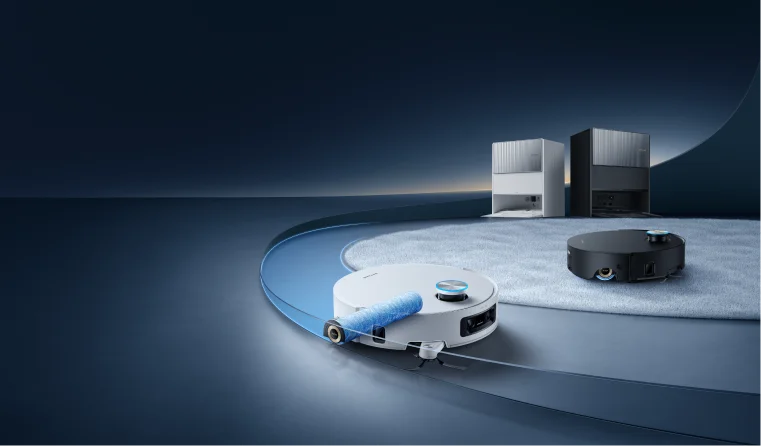

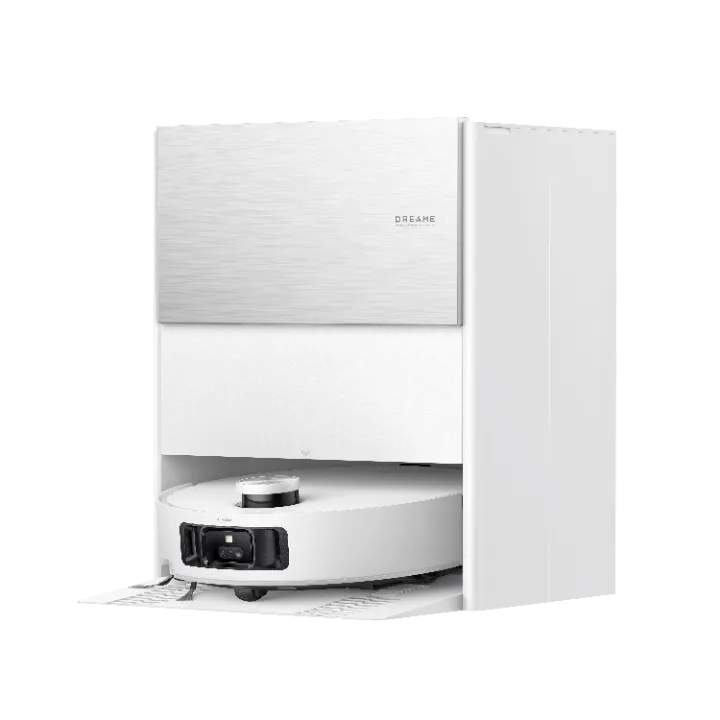
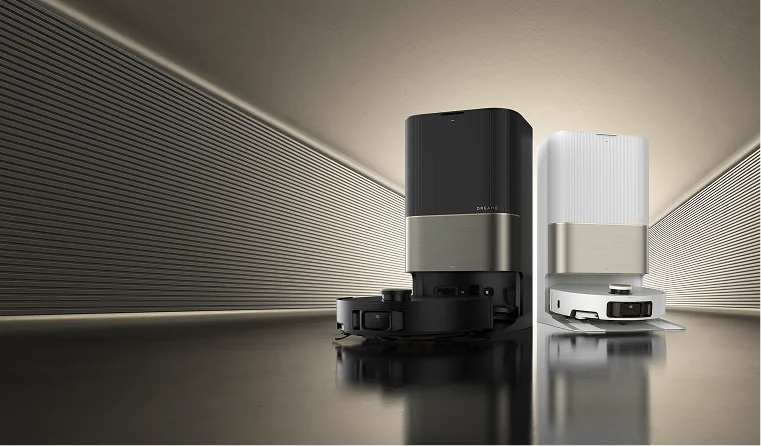

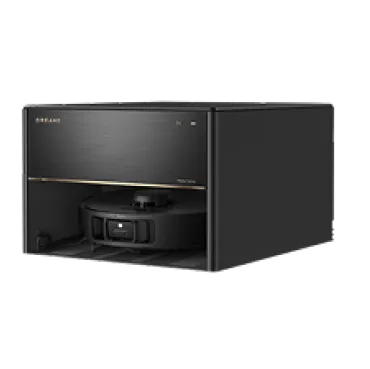
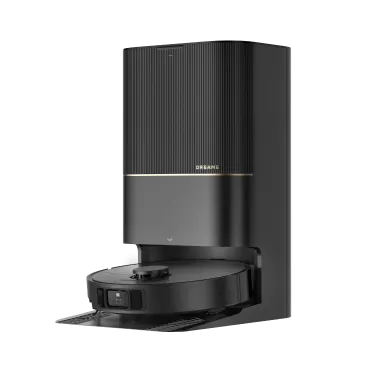
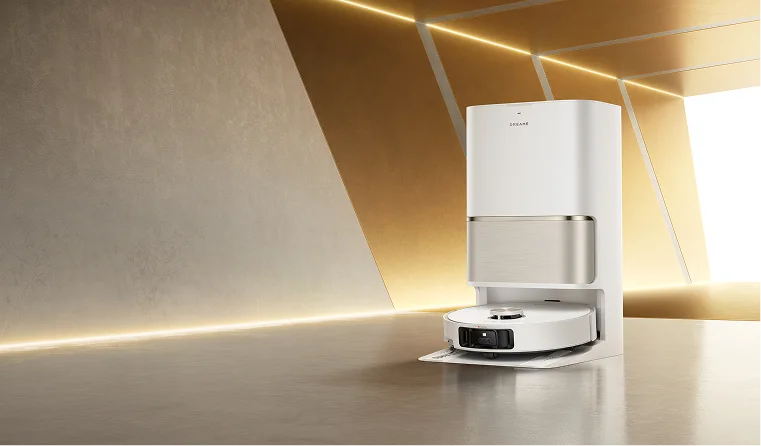
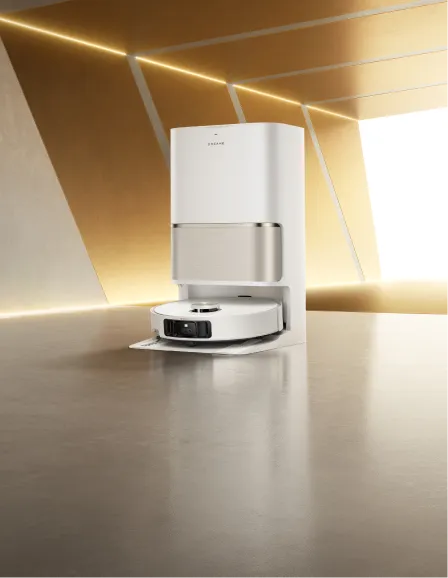
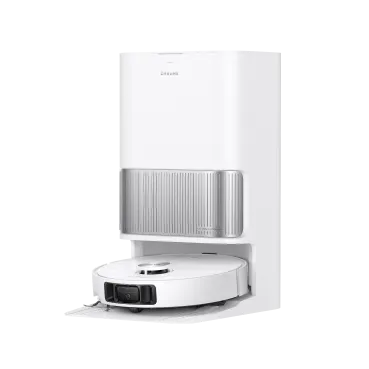
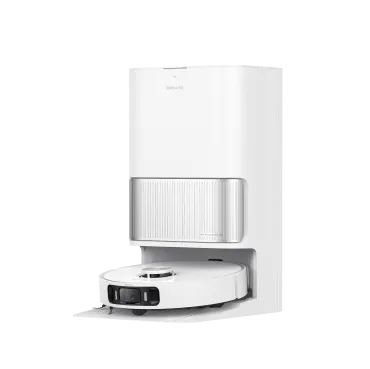
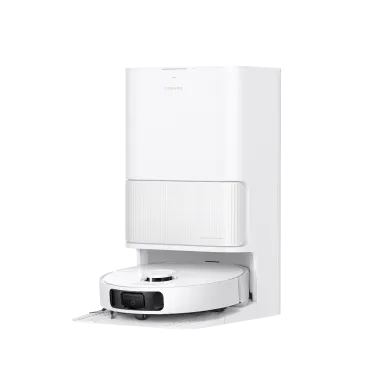
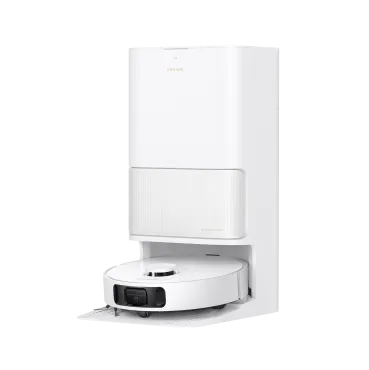
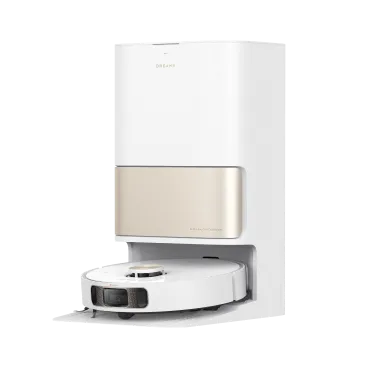
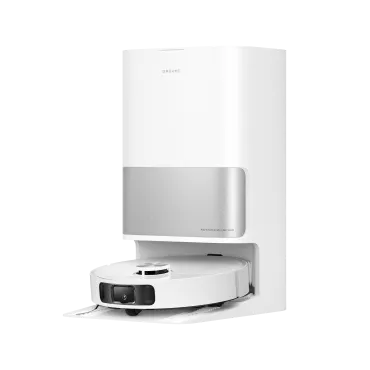
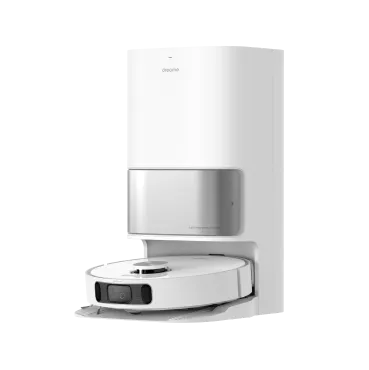






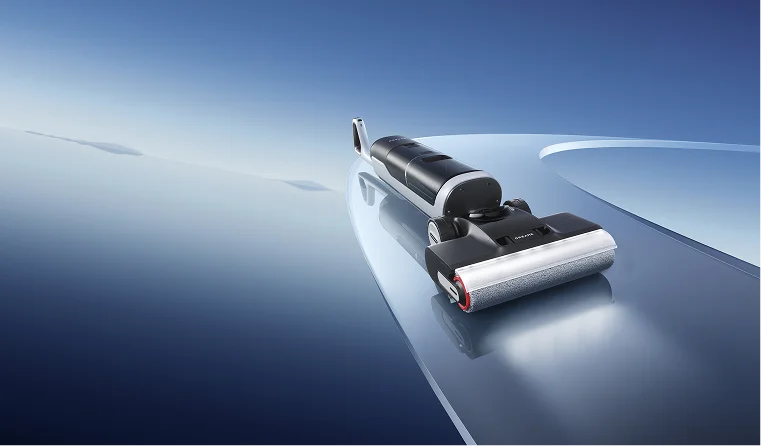
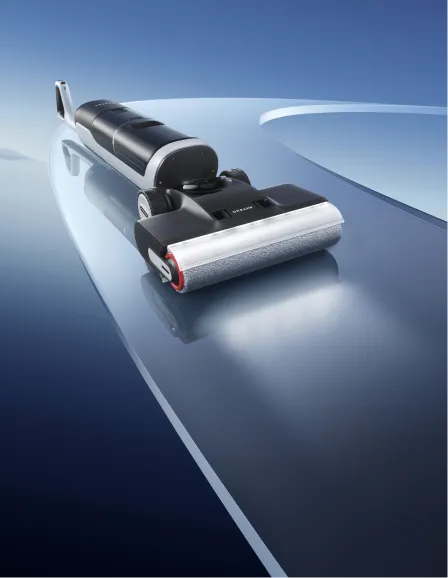
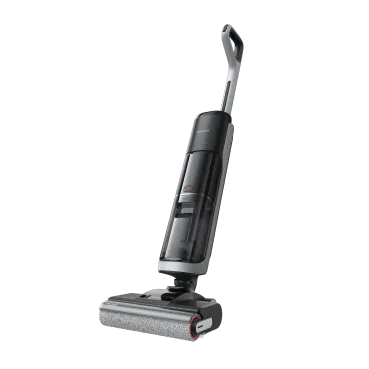
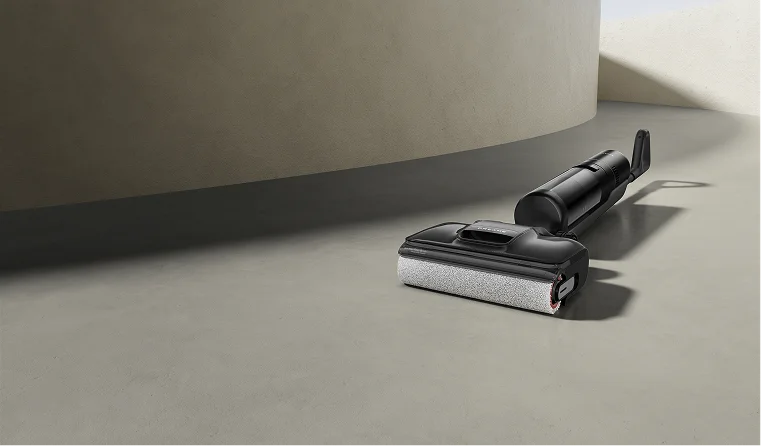
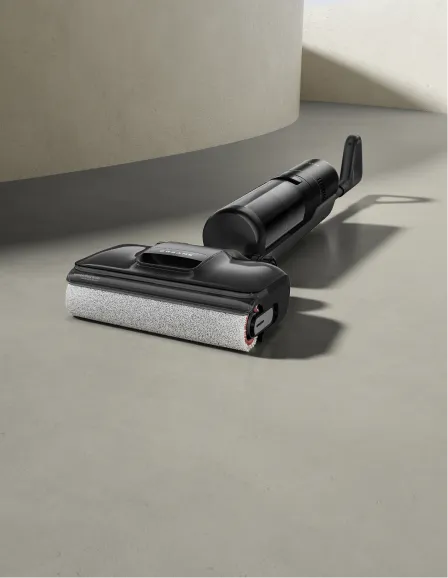
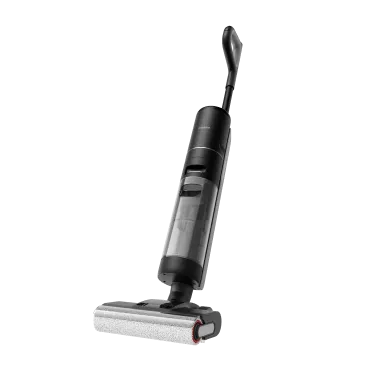

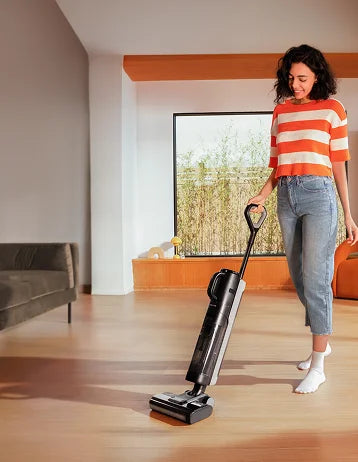

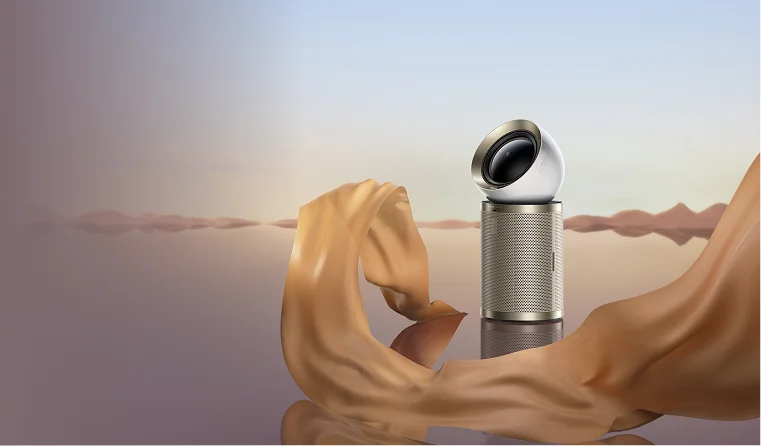
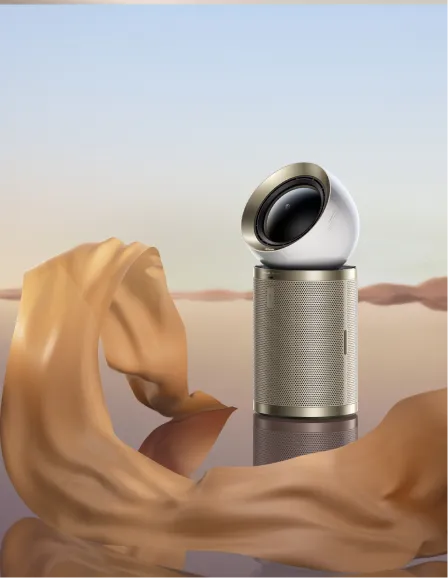

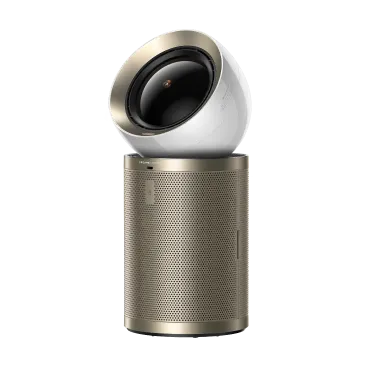
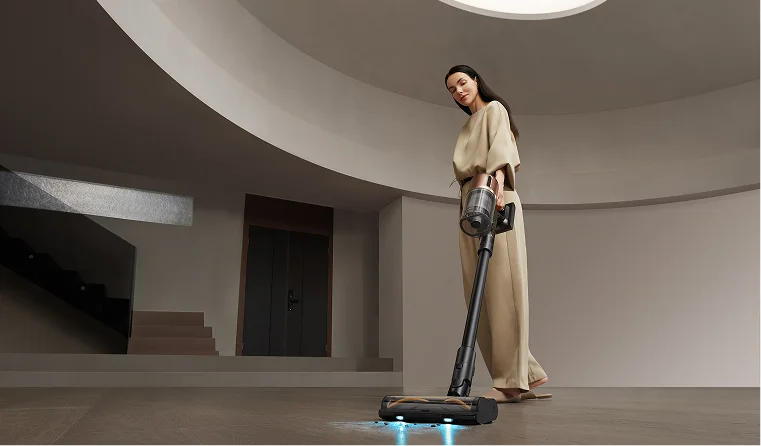
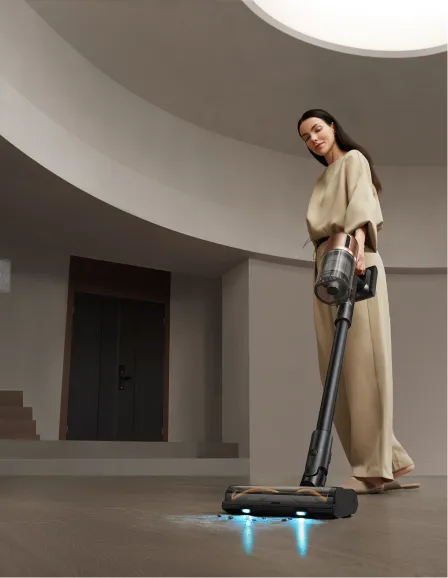


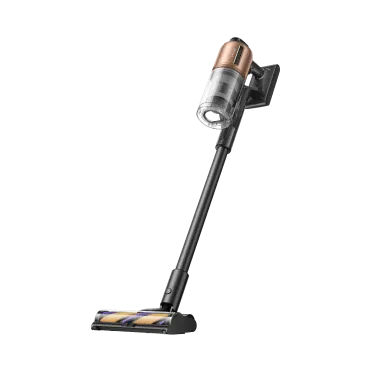
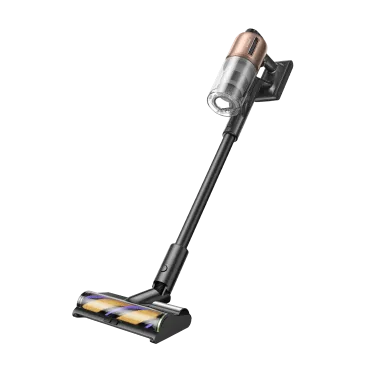
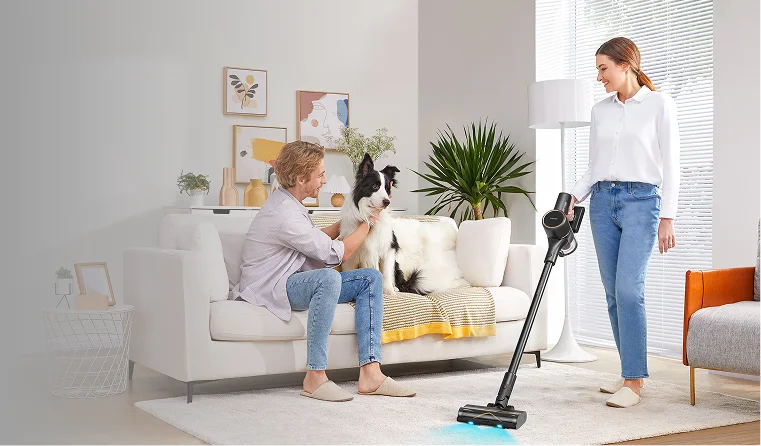
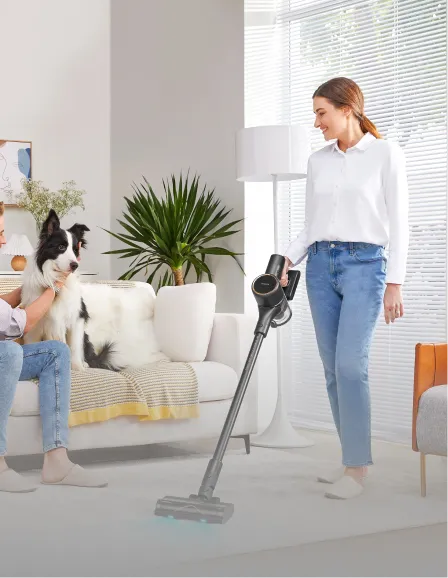

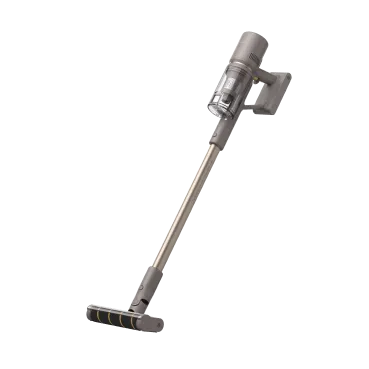

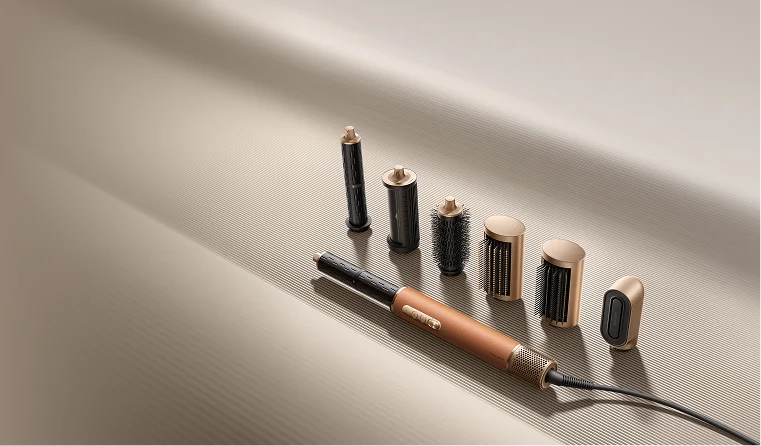

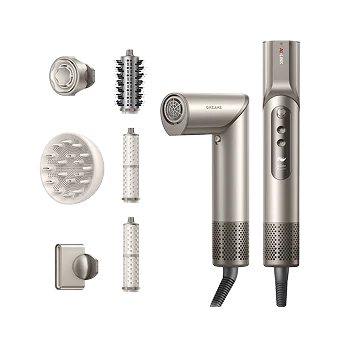


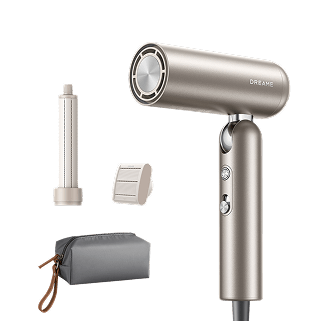
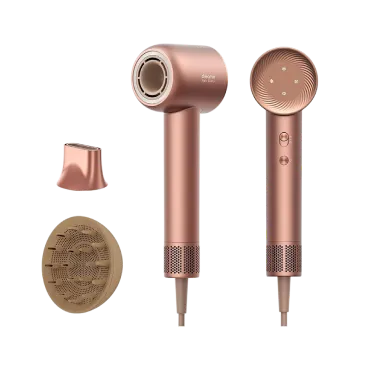
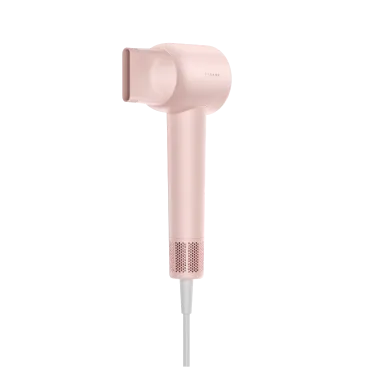
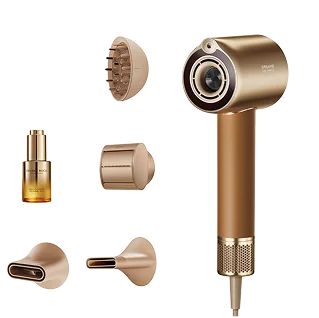
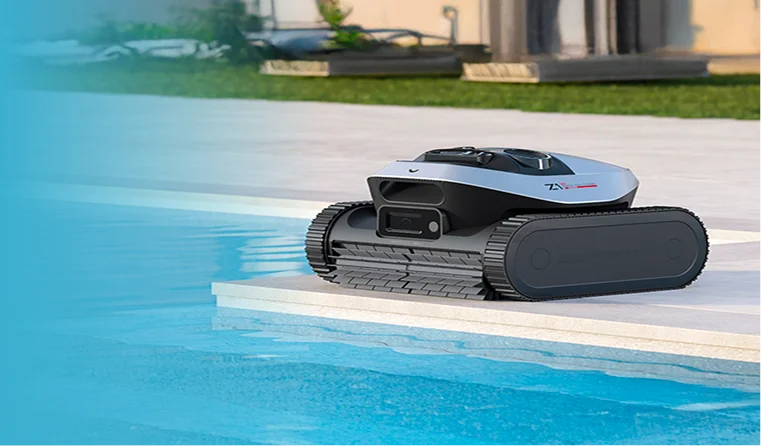
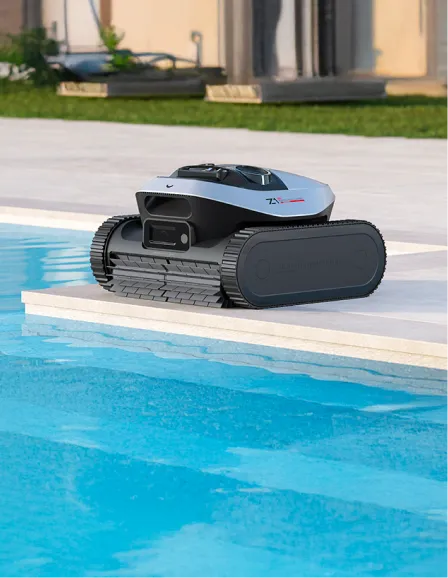
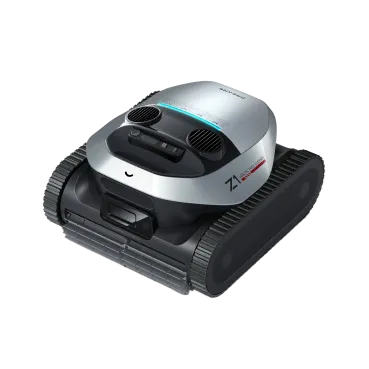









 Australia
Australia 中国大陆
中国大陆 日本
日本


 Türkiye
Türkiye


 Italia
Italia
 Netherlands
Netherlands Belgium
Belgium
 Greece
Greece Polska
Polska
 Norway
Norway
 Sweden
Sweden
 Finland
Finland
 Denmark
Denmark
 Hungary
Hungary Czechia
Czechia
 Slovenia
Slovenia
 Croatia
Croatia
 Switzerland
Switzerland United
Kingdom
United
Kingdom
 Canada
Canada


